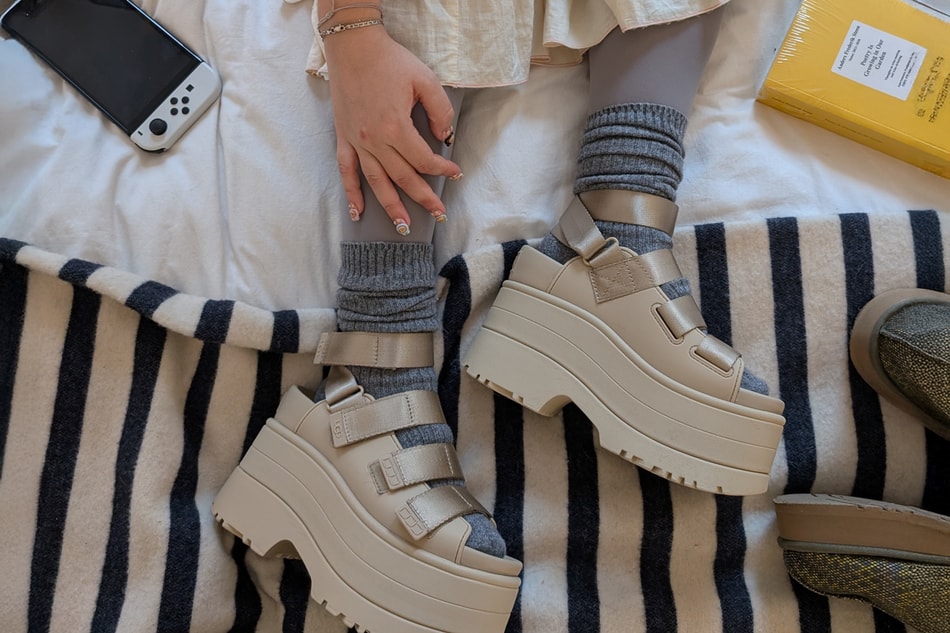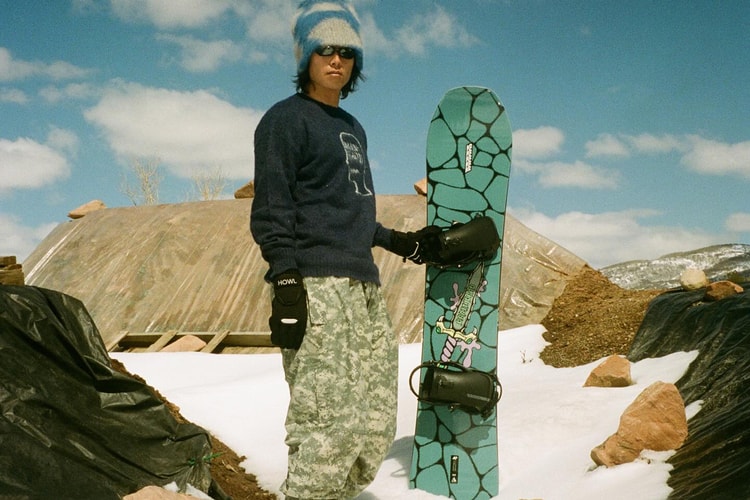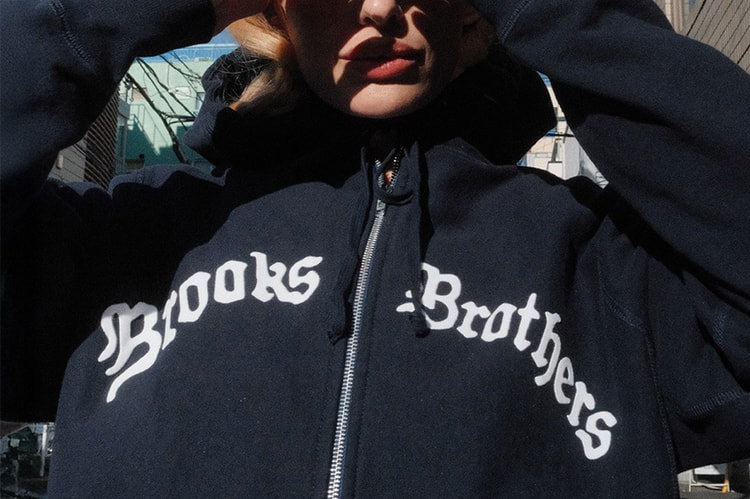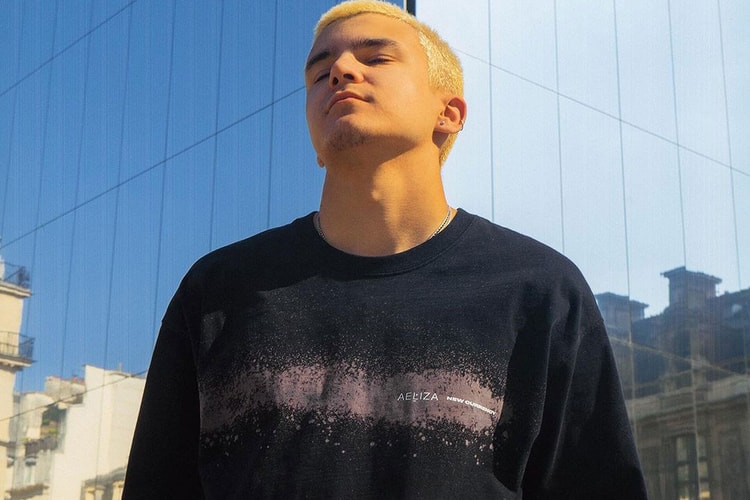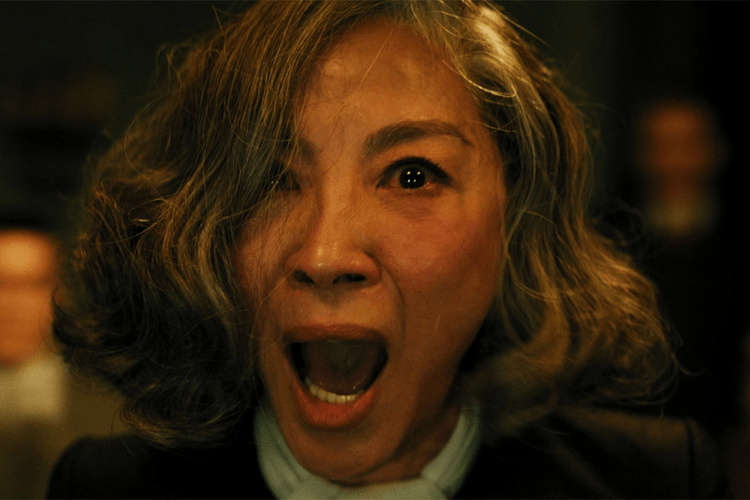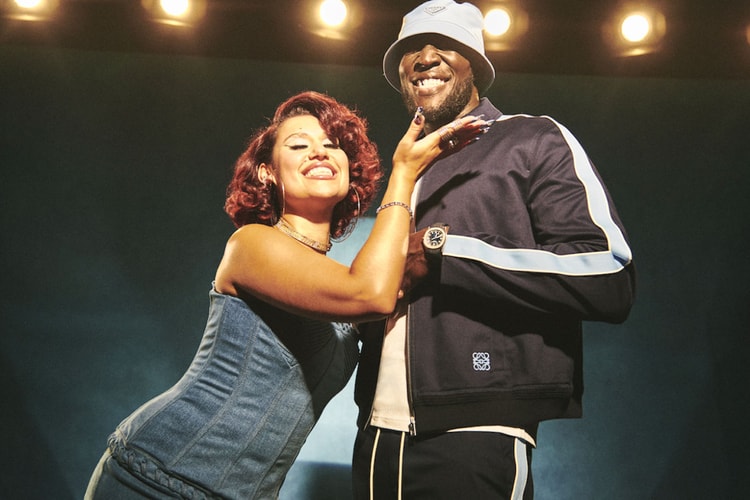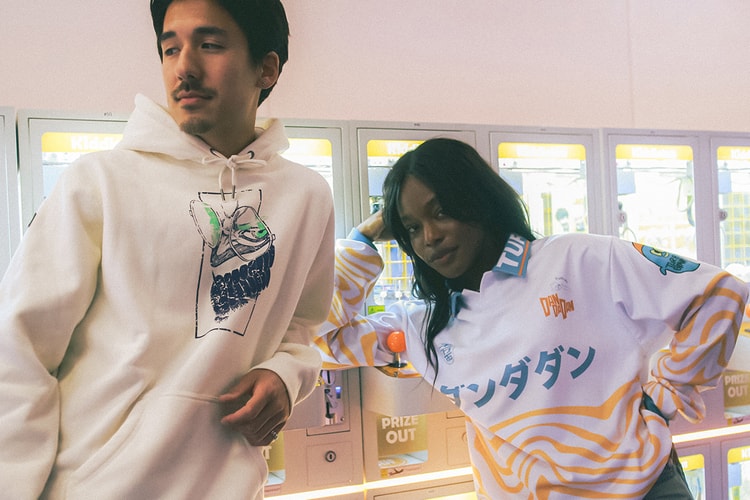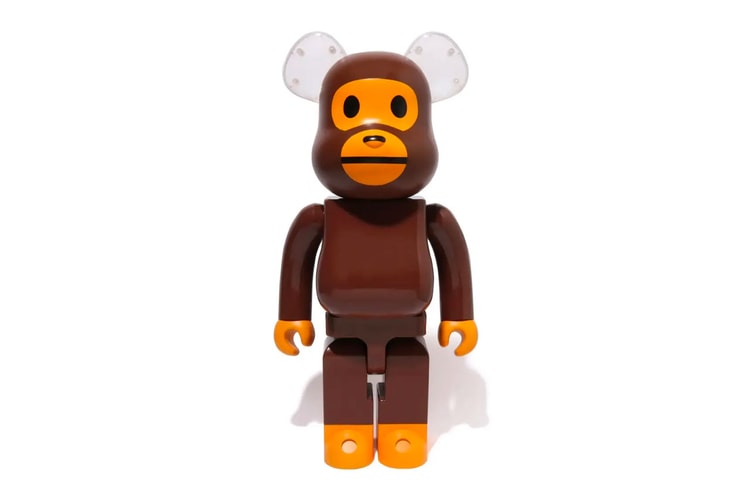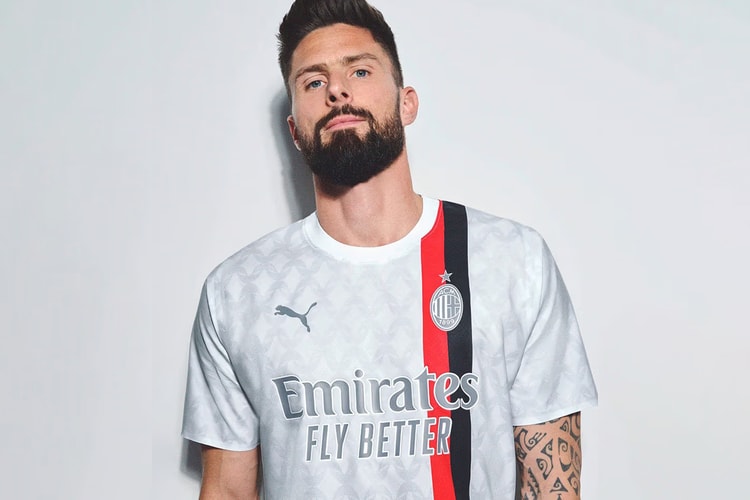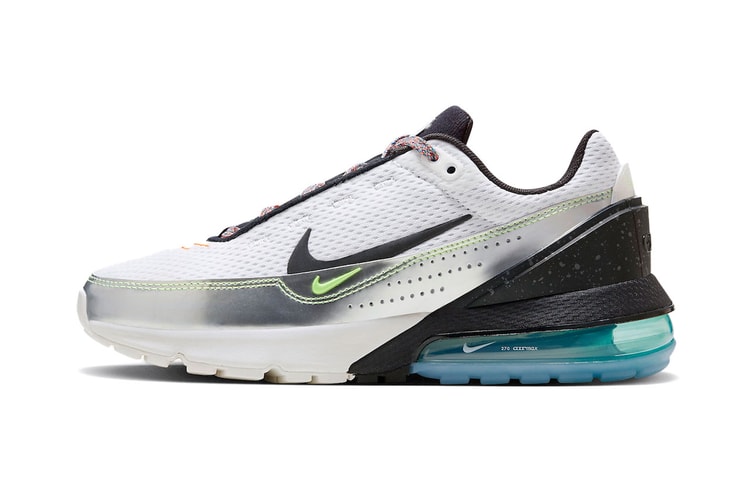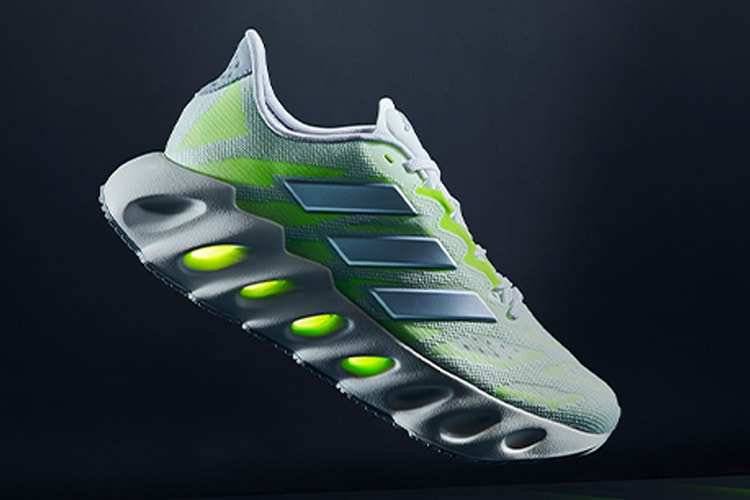Brain Dead is Dismantling the Formula
A conversation with Brain Dead co-founder Kyle Ng on the power of community — in ‘Hypebeast Magazine’ Issue 31.
Brain Dead follows many of streetwear’s core tenants. Its graphics are wacky and unpredictable, colors nostalgic yet futuristic, and the way in which its products are released follows a traditional method that has been adopted ad infinitum. It does not exist within a vacuum.
Perhaps this stems from the current state of fashion—which relies so heavily on imitation and irony—that it has become difficult to determine if a brand is authentic or just following the pack. “Mainstream culture under capitalism always eventually repackages subversion into harmless consumer products,” wrote John-Paul Trang in Real Review 8.
This idea becomes even more clear in the present day when viewing the confluence of high-and-low collaborations. Supreme x Louis Vuitton. What’s next? KAWS x Dior. What’s next? Jacquemus x Nike. What’s next? YEEZY Gap. What’s next? Gucci x Adidas. What’s next? Adidas x Balenciaga.
As our attention spans become shortened via social media and the cultural significance of any one product or occurrence equally fades, it becomes less about the product or subculture that underpins a release, and more on the shock factor elicited—like a carousel or slot machine fueled by gimmicks and cheap thrills.
To put in another way, when a campaign isn’t rooted in your own culture or community, “it would just be throwing ideas into the void,” according to Ed Davis, Brain Dead’s co-founder and art director.
Brain Dead’s meteoric rise seems both predictable and entirely unforeseen. According to the old rules of “what’s cool,” the brand should have been destined for disaster when mixing accepted norms like skateboarding, art house cinema and collaborations with heritage brands like North Face with long-ostracized communities, from Magic: The Gathering to rollerblading to wrestling—not just once, but repeatedly.
If Stüssy appropriated luxury goods with its Chanel logo flip, Fuct nodded to pop culture with its altered Ford logo and Supreme added a post-modern twist on it all, then Brain Dead is galvanizing the very communities that each of these images underpin as the driving ethos of its brand. Brain Dead displays a genuine interest in the subcultures that formed them, and they don’t approach each collaboration with ROI in mind. That’s one of the secrets to its success, and founder Kyle Ng is happy to share plenty more on the brand’s DNA.
How would you describe Brain Dead’s brand pillars?
Kyle Ng: Brain Dead is a collective. As we think about Brain Dead, the pillars are the collaborative nature of things—not like collaborating brand-to-brand. When we collaborate, we think about the things that we admire and what we need in our life, what we’re interested in or the juxtapositions between things.
To put it in human terms, you want to be around someone who is dynamic and has a lot of facets to their life. If I meet an art person who only talks about art or a fashion person who only talks about fashion, that can be boring. I want to mix rollerblading with paintball, fine art, metal, hip hop, Minions—whatever it is, because they’re all things I sincerely love.
That’s the key with Brain Dead. The name is all about taking high concepts and lowbrow culture and remixing it. That’s where true inclusivity happens. It’s not about being exclusive or systemically trying to be cool. It’s breaking the boundaries of what is cool.
Brain Dead isn’t afraid to explore stigmatic subcultures, from rollerskating to Magic: The Gathering. How did you approach dismantling the stereotypes surrounding these subcultures?
KN: I’ve been doing Brain Dead for eight years and clothing for 15, and it’s always felt like there was a “formula” for what was cool. Like, I know if we do a North Face collab it’ll do really well. I love North Face, that’s part of our culture. People can be like, “You don’t climb or do activities.” Whereas, I climb and do activities and with the North Face collab, you just want more people to join.
I’ve realized the key with fashion has never really been about authenticity. It’s always been this idea of “This is a style we like, let’s emulate it”. Originally in streetwear, it was more along the lines of “You like hip hop, skateboarding or whatever,” and that is what made it authentic. When you ask people why Supreme was so popular, they would say collaborations, but it’s really because Supreme represents New York, skateboarding, being on the street and the community. People forget about these things, because streetwear is just a business now.
Wrestling is a key interest of your brand, and despite the success of the industry, it still has a lot of stigmas—some warranted. For example, if you look back at the OG WWF era, there was a lot going on that was not at all appropriate with women, drugs and more. With Brain Slam, however, you’re approaching wrestling in a different light. Can you speak on that further and reflect on where wrestling is today?
KN: I’ve always been obsessed with wrestling. There’s this element of it being an underappreciated art form in that it’s one of the purest forms of performance, athleticism and theater—but people overlook that aspect. People just care if the wrestlers are going through a table. But that artistic expression is why I love it. When people do stuff simply because they’re passionate about it, that’s when I’m attracted to it.
To your point, I think the Attitude Era and the era of wrestling where there were weird homophobic or sexual jokes—that’s where you need to change things. Not to get too political about it, but in 2020, when I focused a lot of my effort in a political space, I felt like one of the things I wanted to do was actually change things. That’s when the rollerblading stuff happened, because it was more than just talking about race or money, it was also talking about the inclusivity of various activities or interests. A lot of the stuff we do with Brain Slam is having a more inclusive roster, focusing a lot on queer wrestling, how this thing can be changed and from there, being industry leaders, where others start to change their ways.
If you go to a movie theater, it’s predominantly 40-year-old white guys. Same thing with Magic. Same thing with wrestling. When you go to the movie theater at Brain Dead Studios, though, there are people from all backgrounds watching films and learning how to play Magic. That’s the key. We create an authentic community that speaks to them directly.
That’s where true inclusivity happens. It’s not about being exclusive or systemically trying to be cool. It’s breaking the boundaries of what’s cool.
Can you elaborate on the art form behind the industry and some of the wrestlers—past and present—that best exemplify this? Perhaps some of your favorites.
KN: Wrestling is an interesting art form. There is a sense of competition and pride when wrestlers perform. The “heels” care about how many boos they get and the “baby faces” want the most applause. They want to push the limit and get the audience to feel emotional. A good example of this is the Montreal Screwjob—Brett Hart was leaving WWF and he thought he would win the match as a way to keep his pride in the company. Vince McMahon told Brett he would win, but secretly Vince told the referee and Brett’s opponent, Shawn Michaels, that Shawn would win. When the match ended, the ref gave it to Shawn and totally blindsided Brett. Brett was furious and spit in Vince’s face. This wasn’t fake…Brett cares so much about his art form that he was pissed he lost. Even though it’s scripted, the wrestlers transcend narration. It becomes something more than just a storyline, it becomes their life and craft.
Can you talk about the upcoming Brain Slam Wrestling channel you and the team are working to create?
KN: We believe there is a lot of potential to bring our aesthetics and outreach to the world of wrestling and grow it for a modern consumer. Wrestling has been pretty much the same for the last 30 years and we want to add a progressive take on something that we love.
Do you still follow the bigger wrestling entities, such as the WWE or AEW? Do you envision Brain Slam ever challenging them in the future?
KN: As of now, we believe that we can create an alternative to the wrestling product that currently exists. We believe the wrestlers themselves are very talented, but the aesthetics of the show, music and product are outdated. We are very open in working with WWE or AEW in the same way we collaborate with other brands. We feel, together, we can add value and a distinctively unique perspective for one of these companies or just in wrestling as a whole.
Heritage games, such as Pokémon or Magic, are always struggling to keep day-one fans as they age. Would you say there is a division between the Magic community playing in the ’90s and early ’00s to the present day?
KN: That’s an interesting question…I believe just like wrestling or these other niche pop cultural groups, there is an opportunity to expand the demographic and community. Video games and tabletop games are now more inclusive and popular than ever, but to be honest, I don’t personally resonate with a lot of the culture or product that exists within the market. We love games, but we want to create an alternative product and aesthetic. Build a community that is more inclusive, more alternative, and shows people who might be into music, art, culture, sport and fashion why we like what we like.
We believe that we can resonate with both the old community and the new. I pride myself in researching and creating authentic relationships with all communities and activities I am a part of. When we do Magic: The Gathering, we strive to make it deeper and more authentic than anyone else. We don’t just want to do collaborations to make money. We do it because we have a passion for the culture.
How would you say the game has evolved since your youth, do you enjoy it more now than before?
KN: Yes, 100 percent. I’m older now and appreciate tabletop gaming in an era of insane technology. The idea of world building and game design blows me away. I am so in awe of what Magic: The Gathering does.
Art is one of the hallmarks of Magic, especially the early cards from the Legends pack, which featured an aesthetic reminiscent of The Lord of the Rings. Do you have an all-time favorite card in terms of artwork and function? Can you describe the process of working with Wizards of the Coast on your very own “Diabolic Tutor” card?
KN: I love any work by Dan Frazier or Phil Foglio. I am obsessed with that early ’90s style art that wasn’t so aggressive, but more fun and playful with a sense of humor. We worked with my friend Steve Smith to create original paintings for the card. It was hard in the sense of trying to make something that felt Magic without doing something they would already do.
As for your partnership with rollerblading brand Them Skates, you’ve stated in the past that Brain Dead believes that “blading is among the most exciting sports in terms of inclusivity, environmental creativity, individuality, and community.” Can you describe that further?
KN: Rollerblading is just an amazing activity because for so long it was the bastard brother of skateboarding. As someone who loves both, I felt that blading had a different way of looking at “flow” and creativity. The new generation of rollerbladers have more emphasis on skating and less just trying to do tricks. They have worked on developing a style that is distinctively rollerblade, instead of just trying to do big tricks like skateboarding. I love that everyone who has been blading for a while really doesn’t care if it was cool or not. They just do it out of love. Skateboarding has always been cool and now is as mainstream as football. Blading is such an authentic community.
The way you’ve approached your blading capsule with Them has the look and feel of a classic skateboarding brand. What have been some of the challenges you aimed to dismantle between the skateboarding-rollerblading dichotomy?
KN: We just wanted to showcase Them to our audience and culture. This resonated with a lot of people within the fashion and culture circles. Now, Them has collaborated with Clarks, sold to SSENSE, and even did a skateboard/rollerblade crossover collection with my friends at WKND skateboards. The WKND/Them collaboration and video is the first crossover project of this kind. I am so honored to have played the smallest part of it.
I think they know that we’re the freaks, so they just let us run.
Bigger companies like to play it safe, whereas you guys pave your own lane. When one of these bigger entities does approach you, do you usually get full creative control—or can you recount any hurdles where you’ve struggled to maintain your voice while giving them the product they want?
KN: For the most part, everyone’s been so cool. I think they know that we’re the freaks, so they just let us run. Or we just don’t agree to something and we move on. There can also be times where one person in the company really gets it, but the rest of their company will be like, “Wait, what is this?”
You’ve touched on so many facets of culture. What are some realms that you haven’t yet tapped into that you plan to?
KN: There’s two things. I really want to do more within living, meaning creating a place where people can go and meet. Sounds grandiose, but like a hotel or Airbnb—I think that could be really cool and have all our home goods. I also really want to do a roller rink, because there’s a connection between music, skating and community.
No matter if someone has a brand or not, we’re all our own brands via social media. We’re all exhibiting our interests and alluding to Plato’s Allegory of the Cave, only showing what we want to show. What is your advice for someone who wants to start a brand and stay authentic?
KN: If you look at JJJJound for example, you’re not like, “Oh, he’s a designer.” You’ve seen enough of his Tumblr to be like, “I get who you are and I want that lifestyle.” It’s all about being relatable or teaching something new. I don’t think you just release a product and people buy into it. You have to tell a good story and once people can relate that’s when they’ll start supporting you.
What can we look forward to from Brain Dead in 2023 and beyond?
KN: A lot more Magic: The Gathering. We have cards coming out in 2024. A lot more wrestling and really expanding our own footwear line. We do the clogs, but there’ll be different designs. Also quality—I think the whole thing we’re really working on is building stories with experts who know fabrication of materials. Doing way more within culture, but at the same time, not sacrificing apparel.
HYPEBEAST Magazine Issue 31: The Circle Issue is now available on HBX.










